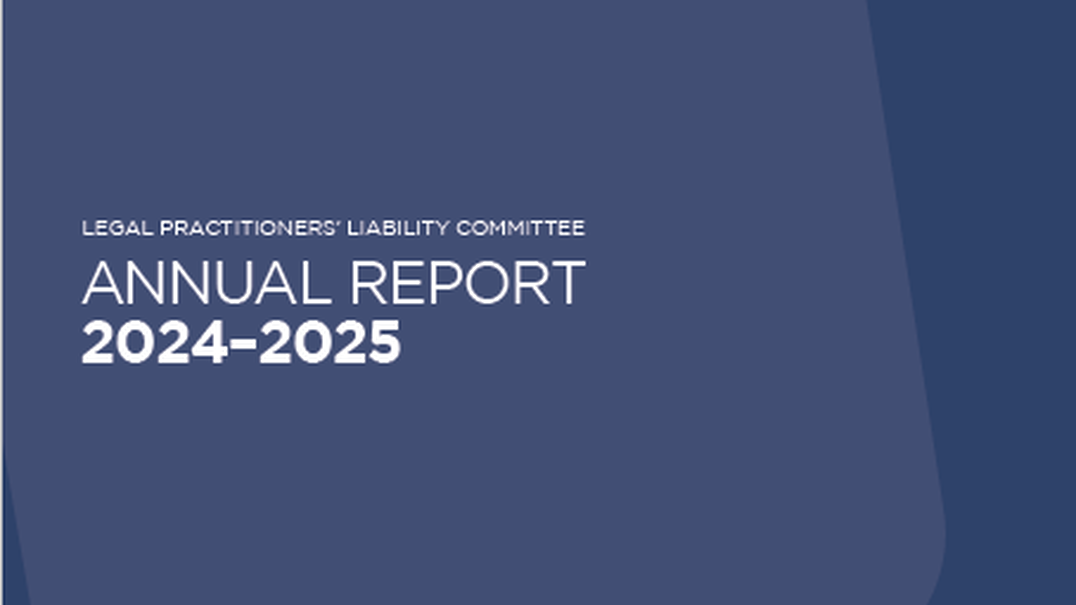Vacant residential land tax (VRLT) is a tax on ‘residential land’ that is ‘vacant’, each of these concepts being defined in the Land Tax Act 2005 (Vic).
What's on this page?
Overview
Main legislation
Land Tax Act 2005 (Vic) (noting the important amendments made by the State Taxation Acts and Other Acts Amendment Act 2023 (Vic)).
Importantly, where applicable, VRLT is imposed in addition to general land tax (as described above). Further, unlike general land tax (which is imposed on the unimproved value of land), VRLT is imposed on the capital improved value of the relevant land. The VRLT tax rate is 1% p.a.in the first year, and in the case of consecutive years of vacancy, it is generally 2% in the second year and 3% in the third and subsequent years.
There are various VRLT exemptions and exceptions that may be available (e.g. for holiday homes, homes under construction and unsold new homes). However, each of these have specific criteria that must be satisfied.
The VRLT now applies to all ‘residential’ properties throughout Victoria. The landowner must notify the SRO by 15 January if ‘residential land’ was ‘vacant’ in the previous calendar year.
For the 2026 land tax year onwards, the concept of ‘residential land’ will be extended to cover unimproved land in specified Melbourne municipal council areas that is deemed 'vacant' over a 5-year period (therefore the vacancy of certain unimproved land in years prior to 2026 can be relevant). This measure has been introduced to help encourage development of residential stock.
‘Residential land’ will generally be treated as 'vacant' for the purposes of a land tax year (i.e. a calendar year) if it has not been 'used and occupied' in the immediately preceding calendar year for a period of more than 6 months (whether continuously or in aggregate) by:
- the owner of the residential land, as the principal place of residence of the owner or
- the owner's permitted occupant, as the principal place of residence of the occupant or
- a natural person under a lease or short-term letting arrangement, provided that the arrangement is not made for the purpose of avoiding the payment of the VRLT.
Special rules apply for the purposes of determining whether certain types of land (e.g. land on which a residence is being constructed or renovated) is deemed to be 'vacant' for VRLT purposes.
More info on VRLT
Actions to reduce risk
- Look for the tax and duty implications associated with the transfer of real property and associated transactions (like share transfers) to alert clients and, if appropriate and required, provide advice or direct the client to seek expert advice.
- Read the guidance and the information provided to improve your understanding and awareness.
- Identify complexities beyond your expertise and refer clients for expert advice.
- Use a checklist or prompt at the start of a matter to identify tax and duty issues.
- Always check the details in the legislation and SRO guidelines before advising clients and keep records to confirm any advice given.
- Establish, update and maintain comprehensive advice letters and resources that you can adapt for each specific client matter to ensure relevant advice is given to clients and confirmed in writing.
- Maintain a focus on tax and duty in all property and property conveyancing matters.

